![]()
![]()
![]()
Use LEFT and RIGHT arrow keys to navigate between flashcards;
Use UP and DOWN arrow keys to flip the card;
H to show hint;
A reads text to speech;
13 Cards in this Set
- Front
- Back
|
aurochs
|
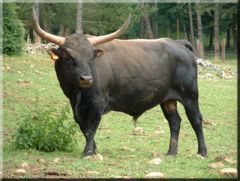
wild oxen. Their horns were large and long and used by the Hebrews as drinking vessels. They had a capacity of up to four gallons. The ancestor of domesticated cattle.
|
|
|
hyrax or conie
|
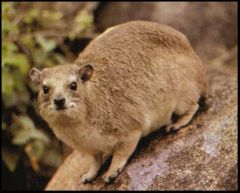
resembles a rabbit except that it lacks long ears and has hoofed feet. Lives in holes among rocks. Solomon called them "feeble folk".
|
|
|
asp or cobra
|

poisonous snake, sacred to the Egyptians. The hood of the cobra was represented on Egyptian headdresses.
|
|
|
ibex
|
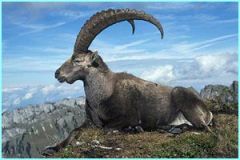
a goat. Valuable to the shepherding Hebrews who raised them for their ease of care, meat, milk, cheese and tent material.
|
|
|
roebuck
|
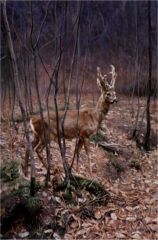
possibly a mistranslation of a Hebrew word that probably referred to a gazelle.
|
|
|
hart
|
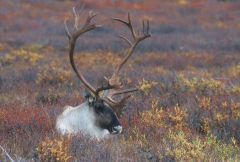
male of a red deer (female is called a hind)
|
|
|
chamois
|
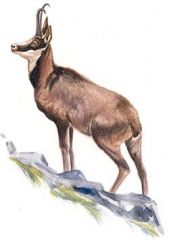
also probably a mistranslation, for chamois never inhabited the Holy Land. The animal probably intended was a wild sheep.
|
|
|
pygarg
|
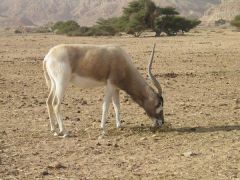
member of the antelope family. Known for its unique horn: long, thin, and has a double twist
|
|
|
fallow deer
|
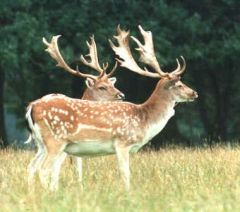
Deut 14:5: also probably a mistranslation as fallow deer did not range as far south as the Holy Land. Possibly the hartebeest, another type of antelope was meant.
|
|
|
gazelle
|

medium-sized antelopes. Fast runners.
|
|
|
hartebeest
|

type of antelope
|
|
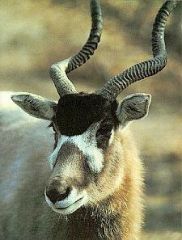
addax
|

antelope with long, spirally twisted horns
|
|
|
wadi
|
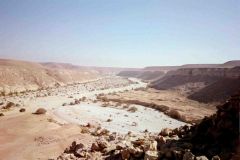
the bed or valley of a stream that is usually dry except during the rainy season and that often forms an oasis
|

